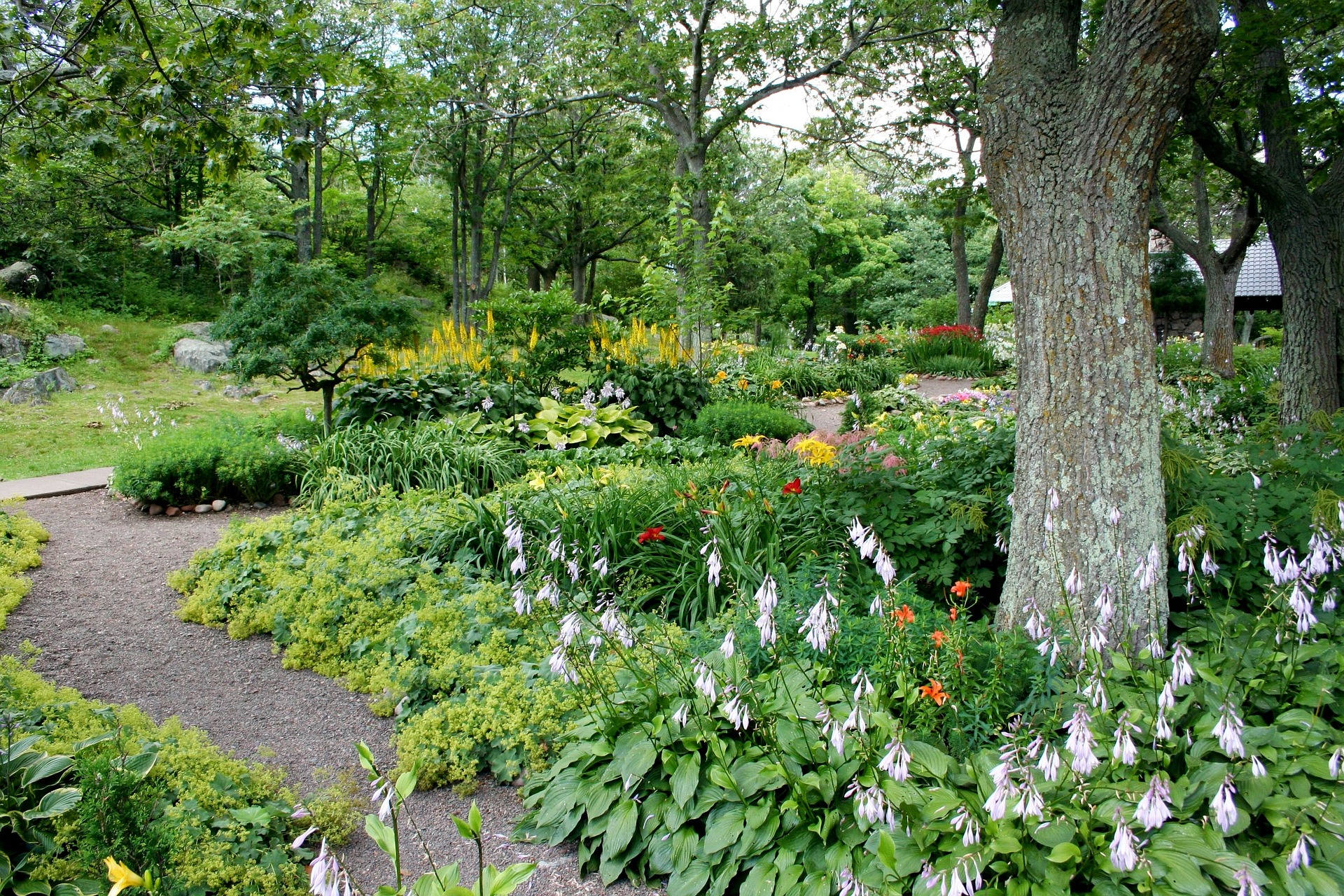When designing your outdoor living space, the types and varieties of plant life you include should be at the front of your mind. Whether it be weekend barbecues or late-night firepits, spending time with friends and family while surrounded by a wide selection of beautiful trees, bushes, flowers, and plants improve the atmosphere immensely. When making your decision, you should consider using native Florida plants where possible. Native plants can create a gorgeous and low-maintenance yard while promoting biodiversity within your outdoor space. Read this blog to learn more about our recommendations for native plants and the benefits they can bring.

Native Plants In Design
Native plants are recommended in outdoor designs because of their ecological benefits. Planting native Florida species helps to protect the environment by encouraging native animal populations to interact with and make homes in a genuinely natural environment.
On top of this altruistic reason, there are more obvious reasons that a homeowner might want to include native species in their design. To start with, many homeowners love when native species come to play and live in their yards. By creating a safe and healthy environment for animals, you can expect many opportunities to delight in watching them explore your outdoor space. Native species are also hardier than many imported plants due to their position as ‘native’ species already accustomed to the South Florida climate. If you have struggled to keep your yard watered and healthy in the past, utilizing native species is an easy way to maintain a low-maintenance and beautiful yard going forward.
There are too many species of native plants to list, but here are a few recommendations to start your research. Use this as a starting point to develop your own unique outdoor plant design!
Coontie (Zamia integrifolia) – The coontie plant is a small cycad that resembles a fern, with leaves resembling a large fan. Coonties grow low to the ground and thrive even when surrounded by many others. This positions them as a fantastic candidate for a border plant used to section off or corner edges of a property or area within your yard or garden. Coonties are hardy even in salty environments, making these perfect for the homeowner directly situated on the coast.
Many aspects of the coontie plant are toxic if ingested, meaning this plant should be avoided if young children or pets have access to the area without supervision.
Palm Varieties – Palms represent the quintessential Florida landscape. A wide variety of native Florida palms can be perfect in an outdoor design. The Sabal Palm has been the official state tree of Florida since 1953 when it received this designation. Different varieties can work in different designs, with palms such as the Needle Palm being noticeably shorter than others.
Tickseeds (Coreopsis tinctoria)– Keeping with the theme, tickseeds are Florida’s recently designated state flower. These beautiful golden flowers are hardy, capable of replanting themselves without assistance year-round. These flowers bloom most commonly in the middle of spring and summer, providing gorgeous bursts of color to your yard or outdoor space. They thrive in sunlight-rich environments, such as here in South Florida.
These recommendations are simply a jumping-off point. Countless native plant varieties work beautifully in South Florida outdoor designs. Adding these special touches to your outdoor design, whether it’s a patio or kitchen, creates a personal flair entirely unique to you and your home. Here at West Coast Design Build Florida, our experts can work with you to design the outdoor area of your dreams.

Recent Comments